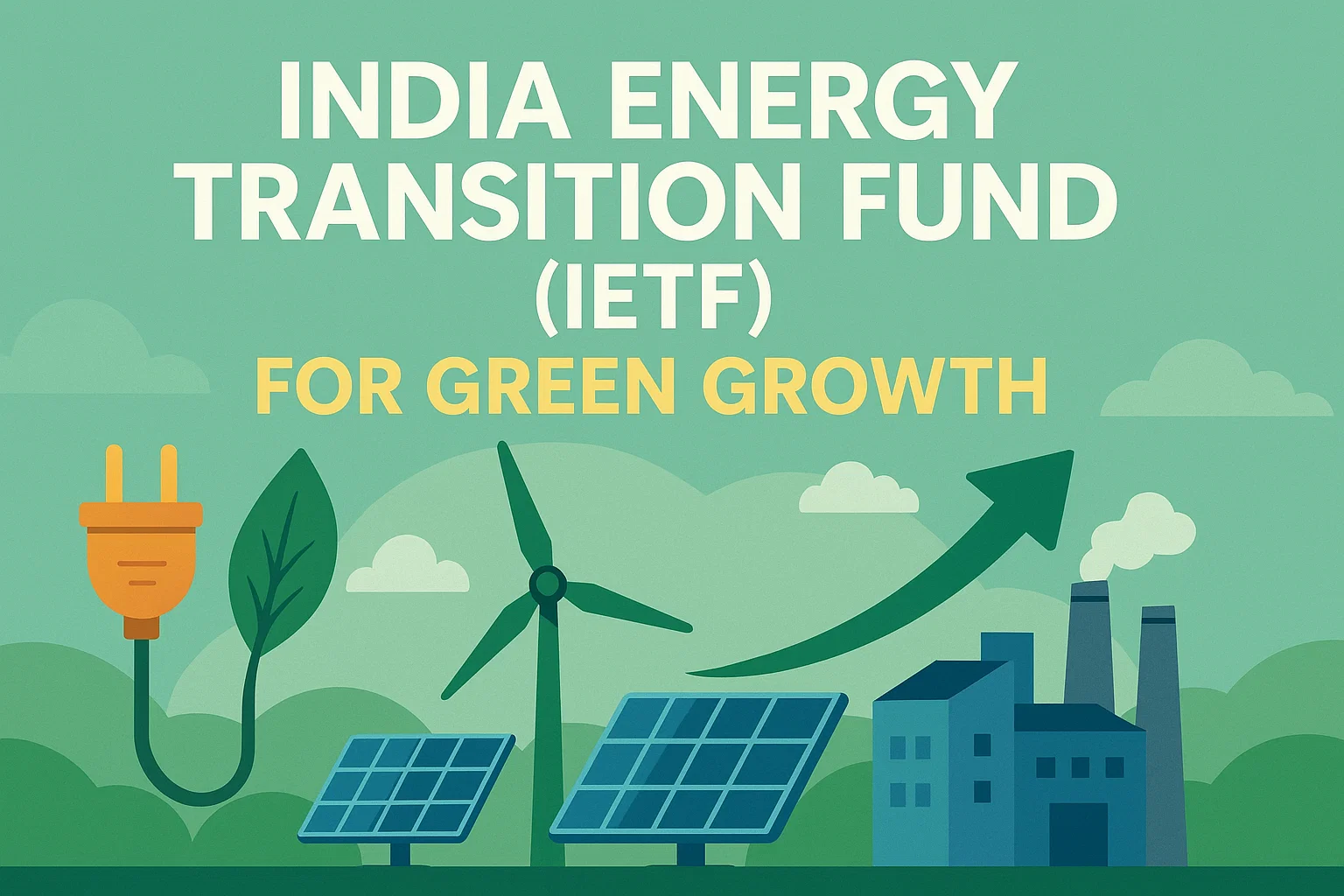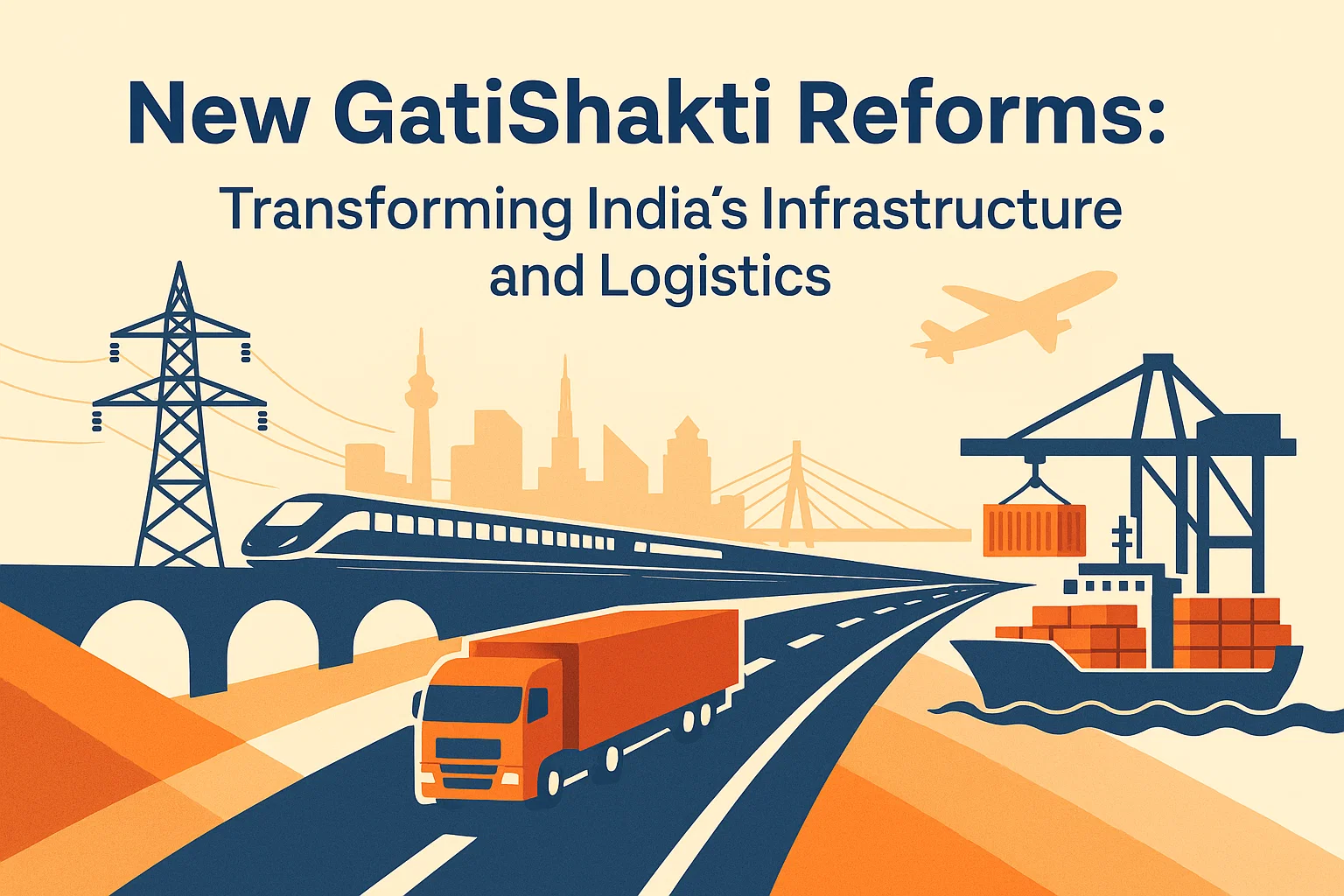Striking the Balance: Safeguarding Privacy in India’s Digital Age
Introduction
In the age of information, data has become a vital resource, akin to oil in the industrial revolution. With its immense population and growing digital footprint, India’s journey toward establishing a robust data protection framework is both significant and complex. The Draft Digital Personal Data Protection (DPDP) Rules of 2025 aim to secure individual privacy while enabling innovation and economic growth. However, they also spark debate regarding their practicality, fairness, and alignment with democratic principles. By examining the strengths and limitations of these rules, we can explore how they address the fundamental need to balance privacy, innovation, and governance.
The Promise of Pragmatism
India’s DPDP Rules adopt a principles-based framework, contrasting sharply with the prescriptive General Data Protection Regulation (GDPR) of the European Union. This pragmatic approach simplifies consent mechanisms, making data protection more user-friendly and less burdensome for businesses. For instance, the rules require only essential information to be displayed on apps and websites, avoiding the “consent fatigue” observed in Europe due to lengthy, complex notifications.
Additionally, the rules recognise the unique needs of specific industries, particularly those involving children’s data. Exemptions for educational and healthcare institutions allow them to utilise data responsibly for improving learning outcomes or delivering vital services. Such flexibility demonstrates a thoughtful understanding of the real-world application of data policies.
Executive Overreach and Vagueness
Despite their pragmatic outlook, the DPDP Rules have drawn criticism for granting excessive power to the government. The centralisation of authority, with limited checks and balances, poses risks to democratic governance. For example, the Data Protection Board (DPB), tasked with adjudicating breaches, lacks independence. Its members are appointed by a process controlled by the government, raising concerns about political influence and impartiality.
Moreover, the rules are criticised for their ambiguity. Terms such as “clear and plain language” in consent notices are left undefined, which could lead to inconsistent enforcement across India’s diverse linguistic landscape. Similarly, the absence of clear guidelines on data breach notifications and the government’s right to requisition information highlights the potential for misuse and inadequate protection for citizens.
Implications for Individuals and Vulnerable Communities
The principles of data protection must account for the vulnerabilities of marginalised populations. Unfortunately, the DPDP Rules appear to fall short in this regard. Drawing parallels with the Aadhaar system, which has excluded individuals from basic services due to technical errors, the rules risk creating similar scenarios. For instance, exemptions under Rule 5 allow data processing for government subsidies without consent, raising questions about accountability and redress mechanisms.
Social activist Nikhil Dey’s accounts from Rajasthan, where residents were denied pensions and rations due to Aadhaar-linked discrepancies, underline the dangers of opaque and unchecked data governance. These issues highlight the need for safeguards that ensure fairness and accessibility, particularly for those with limited resources.
The Economic Perspective
India’s measured approach to data protection aims to balance innovation with regulatory compliance. The rules avoid micromanaging business processes, enabling companies to design user interfaces and operational frameworks that suit their needs. This approach could encourage investment and foster a thriving digital economy.
However, challenges arise with provisions for data localisation, particularly for Significant Data Fiduciaries (SDFs). Mandating local storage for large enterprises but not smaller entities creates potential for regulatory arbitrage, where businesses exploit loopholes to gain an unfair advantage. Additionally, such policies might deter foreign investment, as global companies face increased costs and compliance burdens. Tailored sectoral regulations, as seen with the Reserve Bank of India’s localisation mandate for payment data, could offer a more balanced solution.
The Need for Transparency
The DPDP Rules’ consultation process has been criticised for its lack of transparency and inclusivity. Published as a 51-page document with limited explanatory material, the rules were made available for feedback through the MyGov platform, which restricts participation to a narrow audience. Furthermore, treating public submissions as fiduciary limits open debate, undermining the democratic ethos of policy-making.
Transparency is essential for building trust in data protection frameworks. A more open and participatory process could address ambiguities, incorporate diverse perspectives, and create a framework that truly reflects the needs and aspirations of all stakeholders.
The Role of Technology in Privacy Protection
As digital technologies evolve, the limitations of traditional notice-and-consent mechanisms become evident. In dynamic environments like malls or airports, where data collection is ubiquitous, individuals rarely have the opportunity to provide meaningful consent. The integration of 5G, the Internet of Things (IoT), and artificial intelligence further complicates this landscape, enabling unprecedented levels of data collection and processing.
India’s data protection framework must embrace innovative solutions that go beyond consent. Techniques such as privacy by design, where systems are built with privacy as a core principle, and the use of anonymisation and encryption can enhance data security. Public awareness campaigns and digital literacy programs are equally important for empowering citizens to navigate the complexities of the digital age.
Striking the Right Balance
The DPDP Rules represent an important step in India’s journey toward comprehensive data protection. Their principles-based approach, focus on simplicity, and industry-specific exemptions are commendable. However, the challenges of ambiguity, executive overreach, and lack of transparency must be addressed to ensure the framework is effective and equitable.
Balancing privacy with innovation requires a collaborative approach involving government, businesses, civil society, and citizens. By fostering dialogue, embracing technological advancements, and upholding democratic values, India can create a data protection framework that safeguards individual rights while supporting economic growth.
Conclusion
India’s Draft Digital Personal Data Protection Rules embody both promise and peril. They showcase the potential for pragmatic, flexible data governance but also highlight the risks of centralised control and insufficient safeguards. As the rules undergo public consultations and refinements, it is crucial to prioritise inclusivity, transparency, and fairness. By learning from global experiences and adapting to local realities, India has the opportunity to become a leader in privacy protection, setting an example for the world in navigating the challenges of the digital age.



